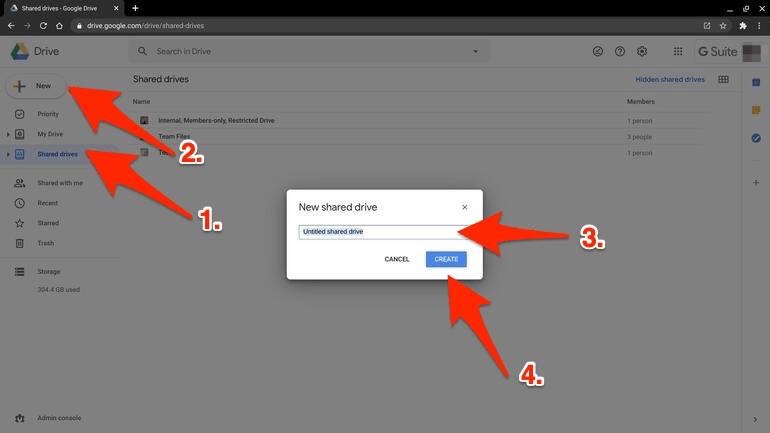
For this reason, the most considerable risk of storing passwords on Google Drive depends on your own security habits and protocols. From a data security standpoint, it’s unlikely that your Google Drive files can be breached through brute force. Therefore, AES-256 would take billions of years to crack using current computer technology.


This is a substantial number totaling 78 digits. With a 256-bit key, a hacker would need to try 2256 different combinations. AES 256-bit encryption is one of the strongest encryption standards because it’s practically unbreakable by cyber hackers. However, since your Google Drive account is connected to the entire G Suite ecosystem and many devices, it can be dangerous to use Google Drive to store passwords.Īll files created and uploaded to Google Drive are encrypted in transit and at rest with AES 256-bit encryption. Google Drive does protect user files with encryption and allows users to enable two-step verification to their Google accounts. Trustworthy vs Google Drive for storing passwords Types of passwords you should not store on Google Drive Things to consider when choosing to store passwords on Google Drive Reasons why you shouldn’t store passwords on Google Drive If your passwords fall into the wrong hands, there’s no telling what the consequences would be. When you store your passwords on Google Drive, you expose your online accounts to unnecessary risk. Trustworthy is a cloud-based storage system that uses bank-level security. Instead, you should store your passwords on a dedicated and highly-secure digital storage platform like Trustworthy. Since Google Drive is connected to your email and all your devices, it’s not the safest place to store your passwords. Therefore, you may choose to store your passwords on Google Drive because it’s free and easy to access.īut is it safe to store passwords on Google Drive? The average person may have over 100 different passwords to remember.


 0 kommentar(er)
0 kommentar(er)
